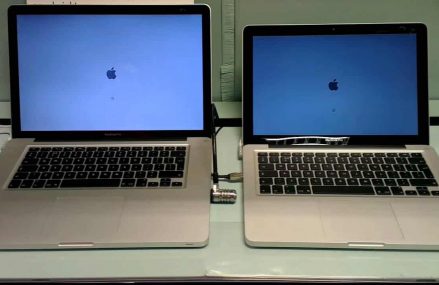
The internet is a great tool in the modern world, whether you’re looking to keep up with family, educate yourself or start a business. However, the wide range of options you have nowadays can make it tough to choose the right type of internet for your needs, especially if you’re not exactly tech-savvy. Fortunately, a little research goes a long way when it comes to choosing an internet package. Here’s what you need to know about the various types of internet available today and which one you should choose based on your needs.
Cable and Fiber
As far as modern options go, the most common choice is definitely cable internet. However, cable internet comes in two different forms: standard high-speed (coaxial) internet and fiber internet. High-speed internet is what most people have available to them, and it’s a great option if you’re looking for something that offers enough speed for most people at a price that’s somewhat affordable. High-speed internet comes from a cable connection that’s run to your home and connected to a modem and router. With high-speed cable internet, you can get download speeds of more than 150 Mbps.
Fiber internet works in the same way as standard cable internet, but the big difference lies in the material of the cables. While high-speed internet is run with copper cables, the fiber-optic cables used in fiber internet are able to transmit data at higher speeds than that of copper. As a matter of fact, there are many parts of the United States where you can get fiber internet that offers speeds as high as 1 Gbps, or 1,000 Mbps. The one downside to fiber internet is the fact that it’s simply not available everywhere like other types of internet are. Even if you have fairly high-speed internet options available in your area, there may not be any existing fiber lines that you can take advantage of.
Satellite
If you live in a remote area where cable internet isn’t available, satellite internet is the best choice for your home. Satellite internet works by transmitting a signal from a satellite dish on your home to an orbiting satellite, so you can get a connection as long as you have a clear line of sight from your dish to the sky. Despite its widespread availability, however, satellite internet has some serious downsides that make it an unrealistic option for many. For starters, it’s slow. Additionally, satellite internet generally has priority data limits that further slow your speeds when you’ve used a certain amount of data.
Wireless Internet
Wireless internet has been one of the biggest innovations in the past decade because it’s completely changed the way we use the internet. Providers such as Blazing Hog unlimited wireless internet offer high speeds at relatively affordable prices, but they do impose the same priority data limits as satellite internet that can eventually leave you with slightly slower speeds. Where wireless internet differs from satellite internet is the fact that you don’t need a modem and router to take advantage of it. As long as you’ve got the right wireless card in your laptop or phone and there aren’t too many obstacles around, you can connect.
The fact of the matter is, internet speeds have reached a point where even the slowest options are still enough to satisfy most people’s needs. However, you might want to consider something a little faster such as fiber internet if you use the internet for high-demand applications. As long as you do your research and weigh the pros and cons of some of your different options, you can find a great internet package.


